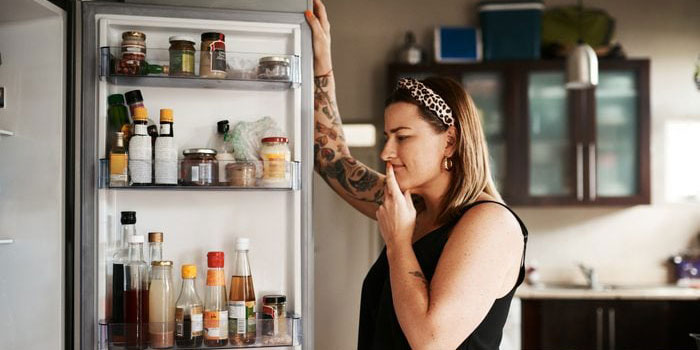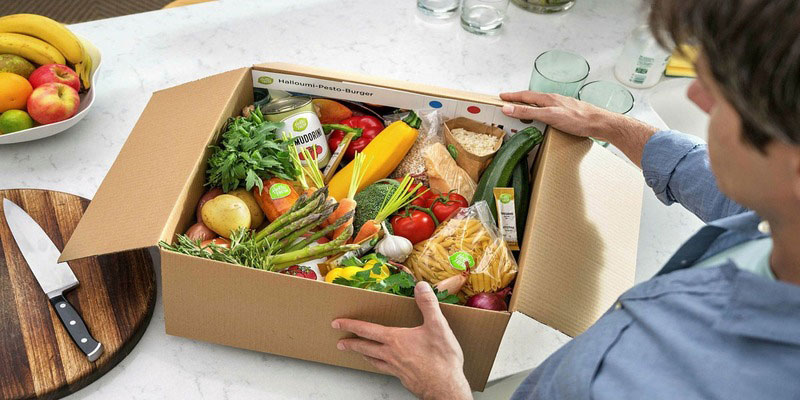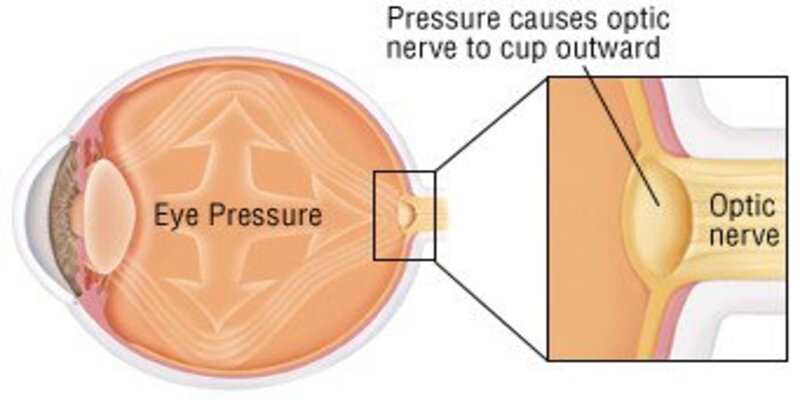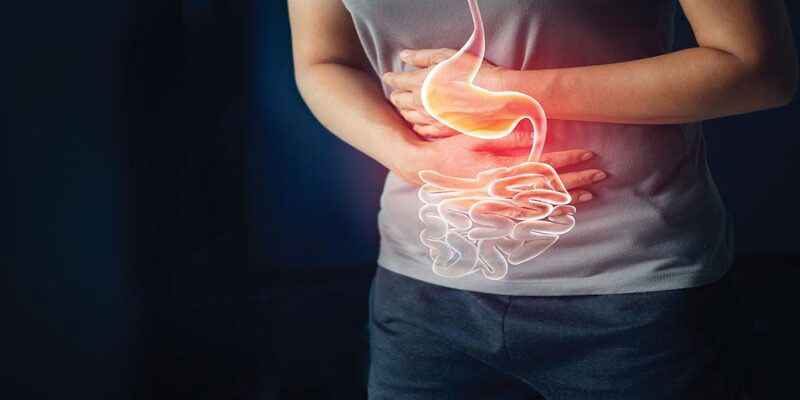The quality of the food stored in refrigerator or freezer will not be impacted by a momentary loss of power, even if it lasts for many minutes. However, what about power outages that extend for many hours or even days?
Food may be stored safely in the refrigerator for up to four hours without power if the doors are closed. Food is safe to eat for 24 hours in a freezer that is only half full, but it may be stored for 48 hours in a full freezer.
Here is all you need to learn about how long your refrigerator keeps cool when the power goes out, including the point at which the development of germs becomes a risk and causes you to throw away any perishable food left inside.
How Long Will My Fridge Stay Cold?
If the refrigerator door is kept shut, even in the absence of power, the temperature inside is likely to be maintained at a level safe for food storage for up to four hours. The food in your freezer will maintain its temperature for even longer, almost one day if it is just half full and roughly 48 hours if it is filled. When there is a greater quantity of food stored within the freezer, the cold temperature is maintained for longer than when there is a lesser quantity of food.
Refrain from giving in to the temptation to check on your food every few minutes; it will just distract you. If you leave the doors of your refrigerator or freezer open, the temperature will rise more quickly, which will cause your food to spoil more quickly than it would if the doors were kept closed. Dr. Sims emphasized the need to keep the doors of your refrigerator and freezer closed in the event of a power loss so that the cool temperature within may be maintained.
How Will I Recognize When The Food In My Fridge Has Begun To Damage?
If there is a disruption in your power supply, you may utilize the appliance thermometers located inside your refrigerator and freezer to assist you in determining whether or not your food is still edible. According to Dr. Sims, "the temperature inside of [the] refrigerator should be at or below 40 degrees Fahrenheit, and the temperature inside of the freezer should be at or below 0 degrees Fahrenheit." If the appliance does not have a thermometer that can be used to measure the temperature, you may use a food thermometer on the specific goods to figure out whether or not they are safe to eat.
It is only sometimes possible to depend on your senses to judge whether or not food is safe to eat since some foods, such as dairy products and meats, may start to appear or smell rancid. According to Dr. Sims, "products in the freezer should have an interior temperature that is below 40 degrees Fahrenheit in order for them to be safe to refreeze or prepare for eating." It's time to get rid of any meats, eggs, or leftovers that have been sitting at temperatures above 40 degrees Fahrenheit for more than two hours.
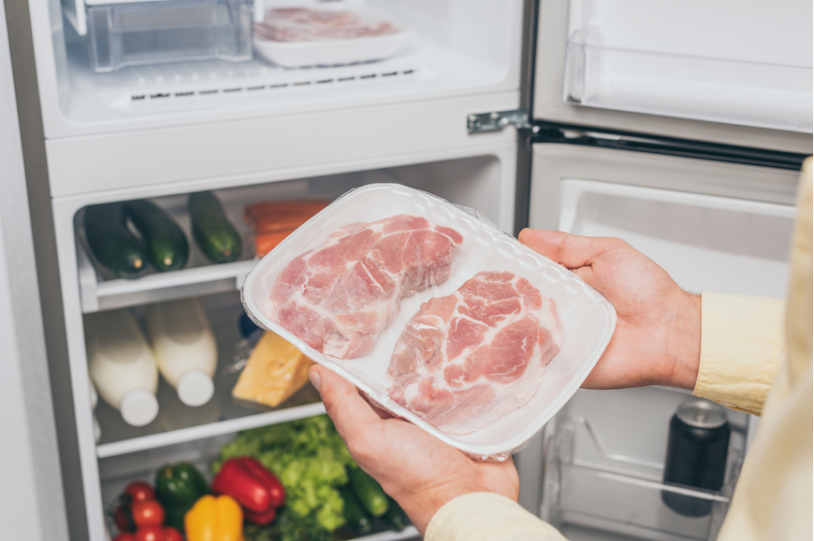
What You Need to Know About Illness Caused by Food
The only way to ensure whether the food you have stored in your refrigerator is fit for food is to examine the temperature at which it is stored. It is essential to keep in mind that you should never put your tongue on perishable foods to determine whether or not they have gone bad. Any food that has been refrigerated but left out at temperatures higher than 40 degrees for more than four hours is at risk of contamination with bacteria, which may lead to foodborne disease.
According to FDA, the following are some of the symptoms of foodborne disease, which commonly manifest themselves anywhere from one to three days after consuming infected food:
- Vomiting
- Diarrhea
- Fever
- Headache
People who eat contaminated food and subsequently suffer foodborne diseases often make a full recovery within a short period. If you are experiencing severe symptoms, such as dehydration, you need to schedule an appointment with a medical professional as soon as possible.
What You Need to Do to Prevent Food From Going Bad During a Power Outage
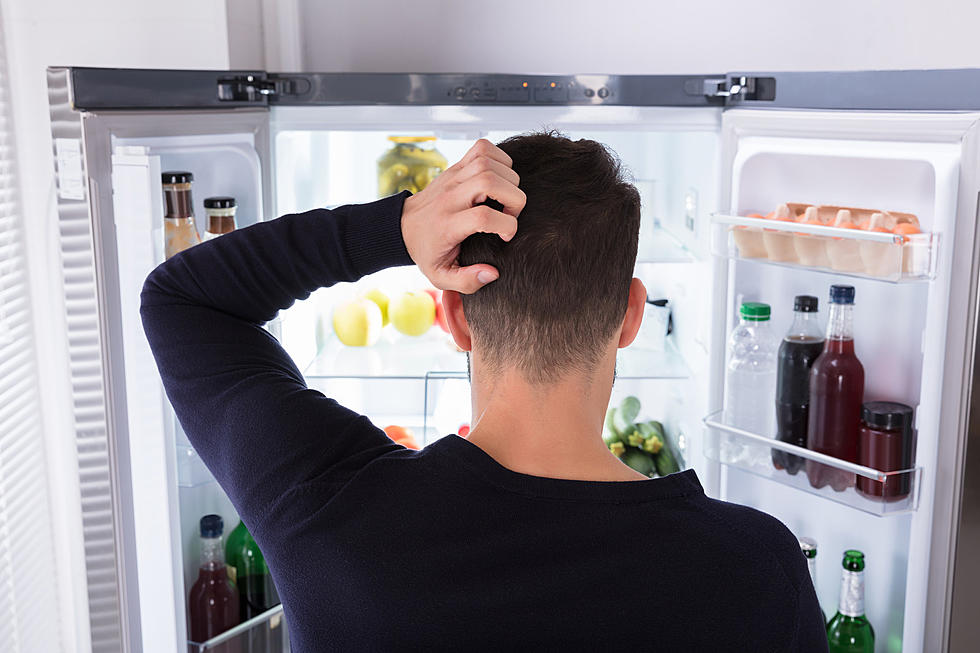
If your power is off for many days, you should acquire dry or block ice for your refrigerator or freezer to keep the temperature of food that has to be kept at a certain level.
During a power outage lasting more than four hours, you should transfer any foods that need to be refrigerated to the ice to keep them at 40 degrees. During a blackout, you can prepare food that has been chilled and then frozen at a power of forty degrees or below, as recommended by the CDC.
